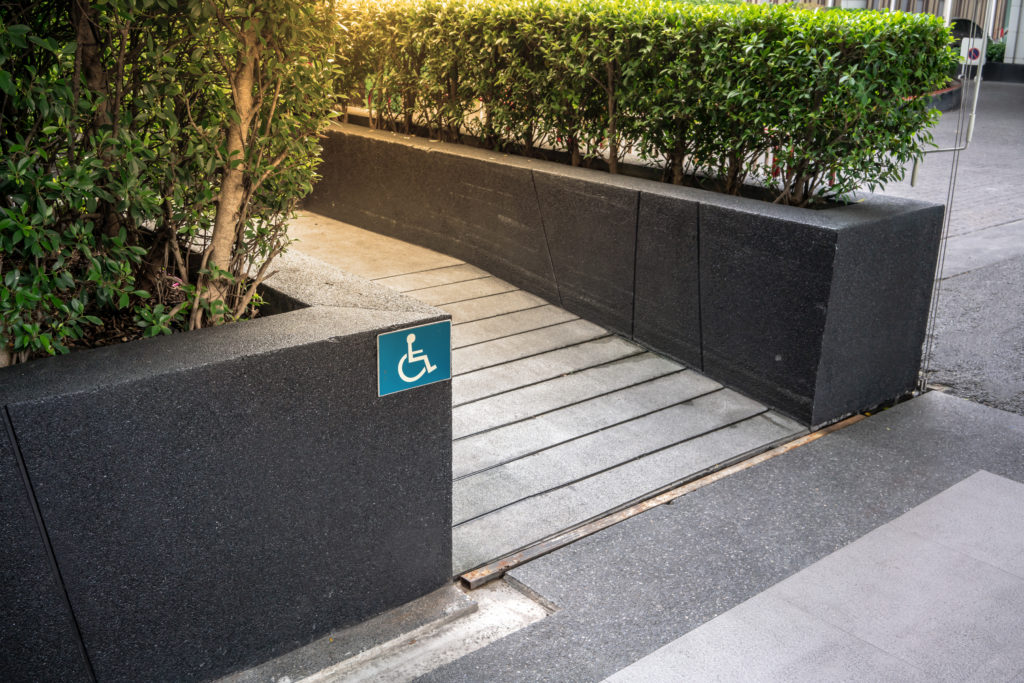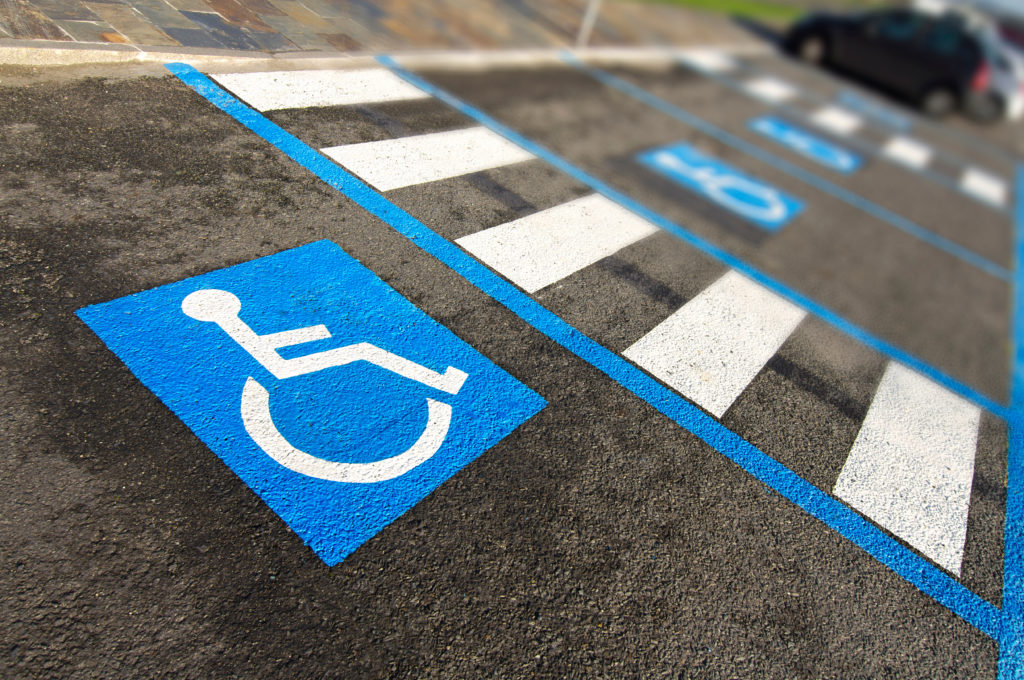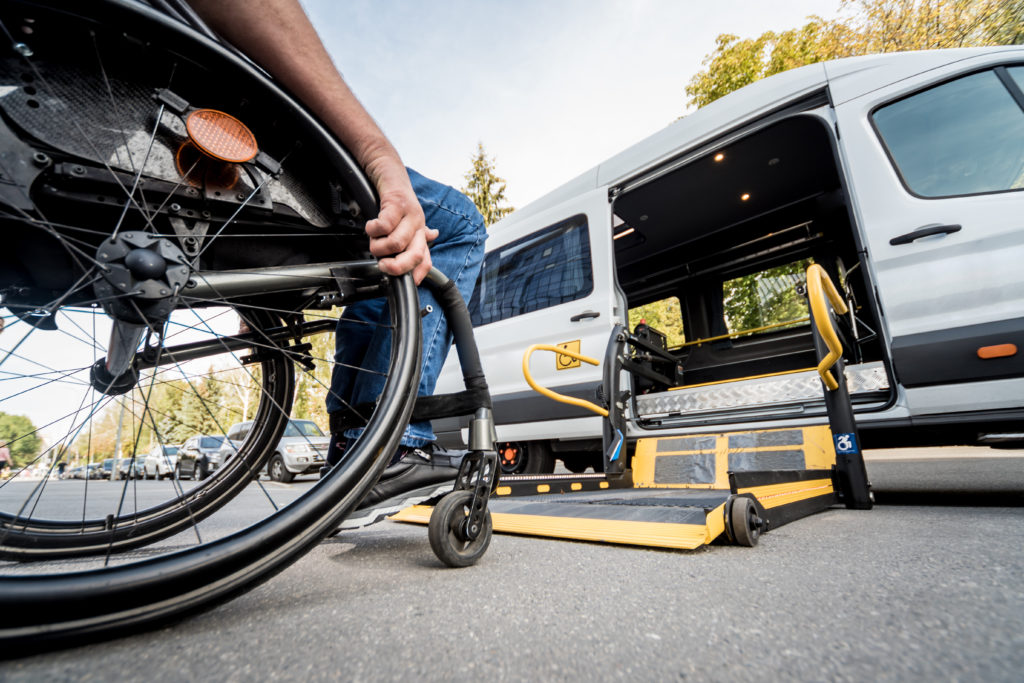It’s critical to keep your business and building up to snuff for ADA compliance. The Americans with Disabilities Act of 1990 (ADA) put into place some specific laws and practices designed to help ensure that those with disabilities:
- Don’t get discriminated against based on their disabilities, and
- Receive accessibility for challenges they may face throughout day-to-day life.
As a business owner, building manager, and even employee, it’s important that you keep up with this and ensure your building is 100% accessible for those who will need to use it. Here are different considerations to keep in mind.
Risk of a Failure to Comply With ADA Guidelines
Failure to comply with ADA building guidelines as they’re written can lead to real problems for your business along with hefty fines and litigation. Ensuring that every part of your building is in compliance will be essential not only to the success of your business but also to stay out of any trouble.
Financial penalties for a failure to comply can start at $55,000-$75,000 for the first offense and as much as $110,000-$150,000 for the second offense. But don’t see the financial challenge as the most important reason to comply with these guidelines. Instead, you should see complying with these requirements as the best way to better serve your customers and ensure they’re well taken care of.

Commercial Buildings: What Are the ADA Requirements?
Requirements can change or vary based on a number of factors. For example, buildings that have been established and unchanged since before the act was put into place will have different requirements than a brand new building. But there are some basic commercial ADA compliance guidelines that all commercial property owners should be aware of:
- Installing accessible hardware on doors
- Upgrading public and private company bathrooms
- Accessible parking
- Increasing the width of door frames to allow wheelchairs
- Adjusting water fountains for all individuals, including wheelchairs
- Replacing problematic flooring that may restrict or impede mobility
- Railings or grab bars in appropriate locations
- ADA handicap ramps or creating curb cuts at entrances/exits (up to 60% of entrances/exits must be ADA compliant)
- Rearranging furniture, furnishings, and other features to reduce barriers to service
These are some of the big factors that businesses need to watch out for and take care of. Obviously, commercial property ADA compliance isn’t something that can be taken lightly. It’s a real and important concern for business owners as well as those with disabilities who use these services.

ADA Parking Lot Compliance
Here at Goodmanson Construction, our #1 focus is flatwork, concrete, and paving. So you can be sure that we know a thing or two about ADA parking requirements. Here are a few of the parking lot features that you have to keep an eye out for:
2% of All Spaces Must Be Van or Handicap Accessible
For every 20 spaces, there must be one handicap-accessible space. This means that if you have a parking lot with 40 spaces, then two of those must be handicap-accessible, and one in every six of those handicap spaces must be van accessible.
Accessible Parking Spaces Must be in the Closet Proximity to Entrance
This law is why all the handicap spaces are always right next to the entrance/exit of commercial buildings. It’s so that those with disabilities don’t have too far to travel in order to gain access to the building.
Accessible Routes Must Be at Least 36 Inches Wide
This refers specifically to the sidewalks and paths that lead from the parking lot to the commercial building itself. They have to be wide enough for wheelchairs and other mobility devices. Any accessible routes that are not more than 60 inches wide will need to have passing lanes installed every 200ft.

When Do Parking Lots Need to Be Updated?
This is a straightforward and common question that business owners ask. For older lots, you’re in luck, and you won’t need to worry about undergoing a construction project just for the sake of getting your lot updated.
Your parking lot doesn’t need to be updated until you undergo a regular, planned update or repair.
Outside of that first update or repair, you’ll be able to get away with keeping your old parking lot the way it is. However, you will need to make sure that the new or repaired elements of your commercial property adhere to the most current ADA compliance guidelines.
We Can Help!
You shouldn’t have to know what needs to go into your parking lot or commercial building in order for it to be ADA compliant. That’s our job! And we’re happy to do it.
Goodmanson Construction has been working hard for more than 50 years, and we’re happy to help business owners with all of their parking lot and exterior ADA compliance needs.
Contact our team today to get started!

